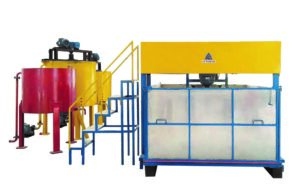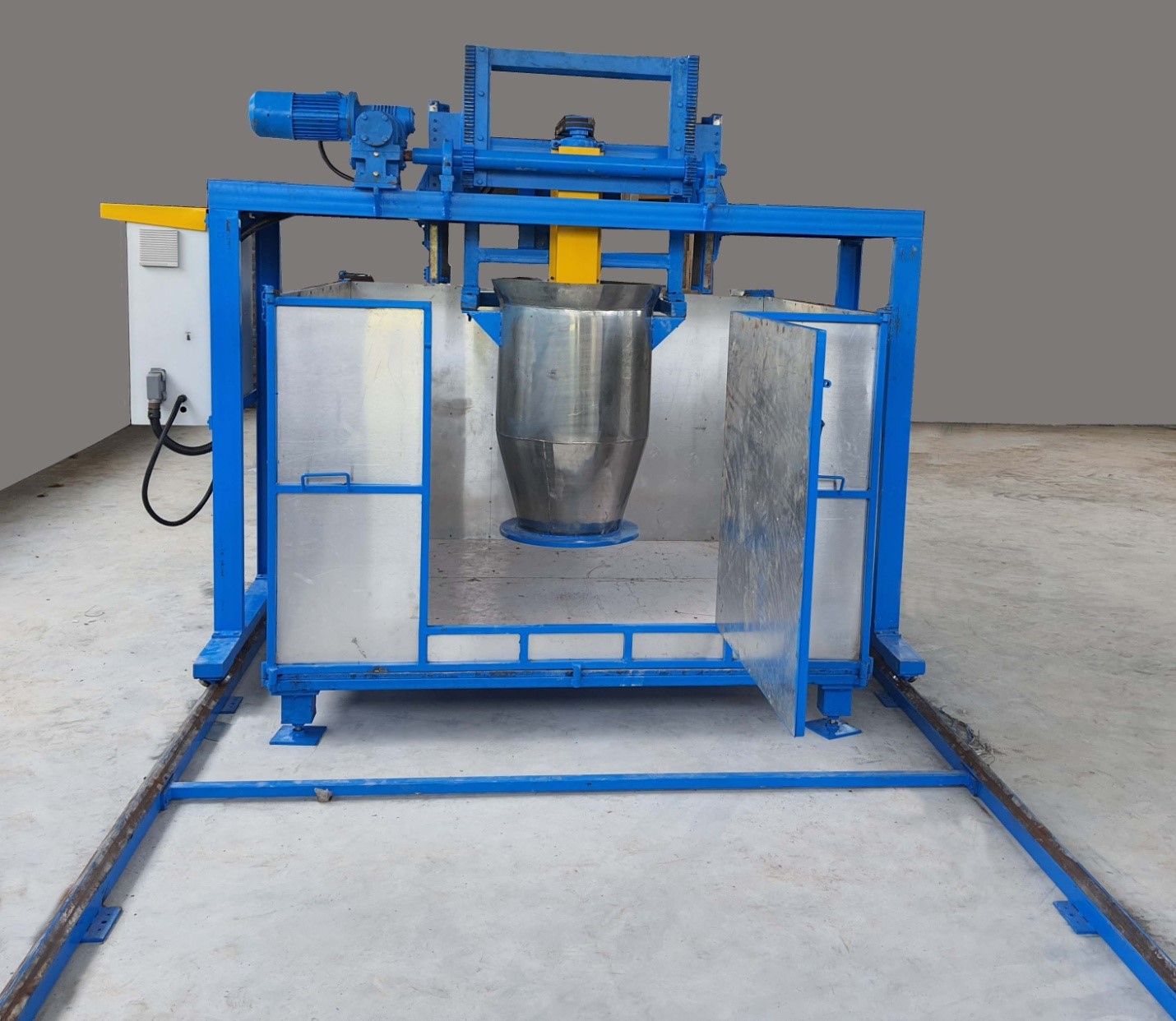In the ever-evolving landscape of manufacturing, making the right equipment choices is vital for streamlining operations and boosting productivity. When it comes to crafting flexible PU foam blocks, a Batch Foam Machine emerges as a game-changer for businesses. In this article, we’ll explore the critical elements to consider while selecting the ideal batch foam machine for your unique requirements.
Understanding Batch Foam Machines
Batch foam machines, exemplified by models like the BFM from A S Enterprises, play a pivotal role in producing flexible PU foam blocks. This machine operates on a one-block-at-a-time basis, making them well-suited for businesses with modest production requirements. For instance, with a capacity of up to 30 to 40 blocks per 8 hours and a density range of 10 to 32.
Key Features of Batch Foam Machine (Model BFM)
Before making a decision, it’s essential to grasp the specifications of the batch foam machine. The BFM model comes equipped with a range of features:
- Mixer Motor: A robust high horsepower motor with AC drive for speed control ensures effective mixing.
- Mixing Tank: The machine features a mixing tank that offers generous room for vital ingredients needed in foam production.
- Mixing Capacity: With an appropriate mixing capacity the BFM model meets the demands of various production scales.
- Material Discharge: The machine facilitates material discharge from the bottom through a manually operated lifting mechanism.
- Control Panel: A user-friendly control panel simplifies the operation, enhancing overall efficiency.
The Production Journey
Understanding the production process of a batch foam machine is key to making an informed decision. The BFM model follows a systematic approach:
- Chemical Preparation: Before the process kicks off, all chemicals are precisely weighed and prepared.
- Mixing Process: The initial mixing phase begins with the pouring of polyol and catalysts into the mixing vessel. Subsequently, TDI and water are added, and the machine shifts to Speed 2 for thorough mixing.
- Foaming Process: The machine releases the blended chemicals into the mold, which is then manually closed.
- Demolding: After a brief 5 to 10 minutes, the foam block is ready to be demolded, marking the completion of the production cycle.
Choosing the Right Batch Foam Machine
Selecting a proper set of equipment/setup involves considering various factors, adding a human touch to the decision-making process:
- Production Requirements: Assess your production needs to ensure the chosen machine aligns with the demand.
- Space and Power Constraints: Confirm that your facility can comfortably house the machine setup and provide the required power supply.
- Ease of Operation: Prioritize a machine with a user-friendly control panel for smooth and hassle-free operation.
- Quality Considerations: Strike a balance between your quality requirements & durability with the features and brand value of the manufacturer & machine setup to insure optimal value for your investment.

Conclusion
In the realm of foam production, the right batch foam making machine can significantly enhance the success of your business. By understanding the specifications, production process, and key considerations, you can make an informed decision that aligns with your production goals. The BFM model stands out as a versatile example, catering to the diverse needs of manufacturers in the PU foam industry with its innovative features.

